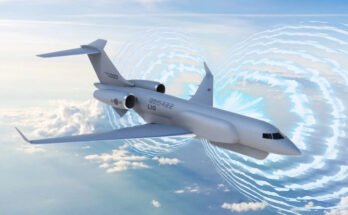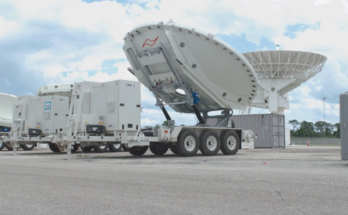
The U.S. Navy has long determined that an increasingly adverse electronic warfare environment is brewing like an approaching storm on the waterways of the world. Through the Surface Electronic Warfare Improvement Program (SEWIP), the service is steadily enhancing the capability of its SLQ-32 EW systems to provide early detection, analysis, threat warning, and protection, especially from a new generation of anti-ship missiles.
Given its importance, support for the program has been steady for several years running. Based on a projection of FY21 defense budget lines for the program, the U.S. Navy will likely spend upwards of $2.4 billion over the next 10 years developing and purchasing upgrades for the SLQ-32.
The program essentially provides an evolving family of modular equipment that is installed on all Navy surface combatants, aircraft carriers, amphibious ships, and auxiliaries. So sweeping is the demand for systems, multiple major contractors are tasked with fulfillment.
Among recent activity, in January 2019, Northrop Grumman received authorization to proceed with low-rate initial production of SEWIP Block 3 systems following a successful Milestone C decision for the SEWIP Block 3 SLQ-32(V)7 program.
Then, in January 2020, Lockheed Martin was awarded a $185 million contract for follow-on full-rate production of SLQ-32(V)6, SLQ-32A(V)6 and SLQ-32C(V)6 systems. Work under this contract is expected to be completed by April 2022.
Andrew Dardine is lead analyst for Forecast International's Defense Electronic Systems group. He is the primary author of Forecast International's Electronic Warfare Forecast and co-author of Electro-Optical Systems Forecast and C4I Forecast. Andrew is also a regular contributor to FI's Defense & Security Monitor blog, offering insights into developing technologies such as directed-energy and next-generation jamming systems. His analysis of such vital market areas as EO/IR systems and electronic countermeasures technology has been cited in Defense News, Aerospace Daily, and Bloomberg Businessweek, among other news media. He has also written about the electronic defense market for Aviation Week and the Journal of Electronic Defense.





